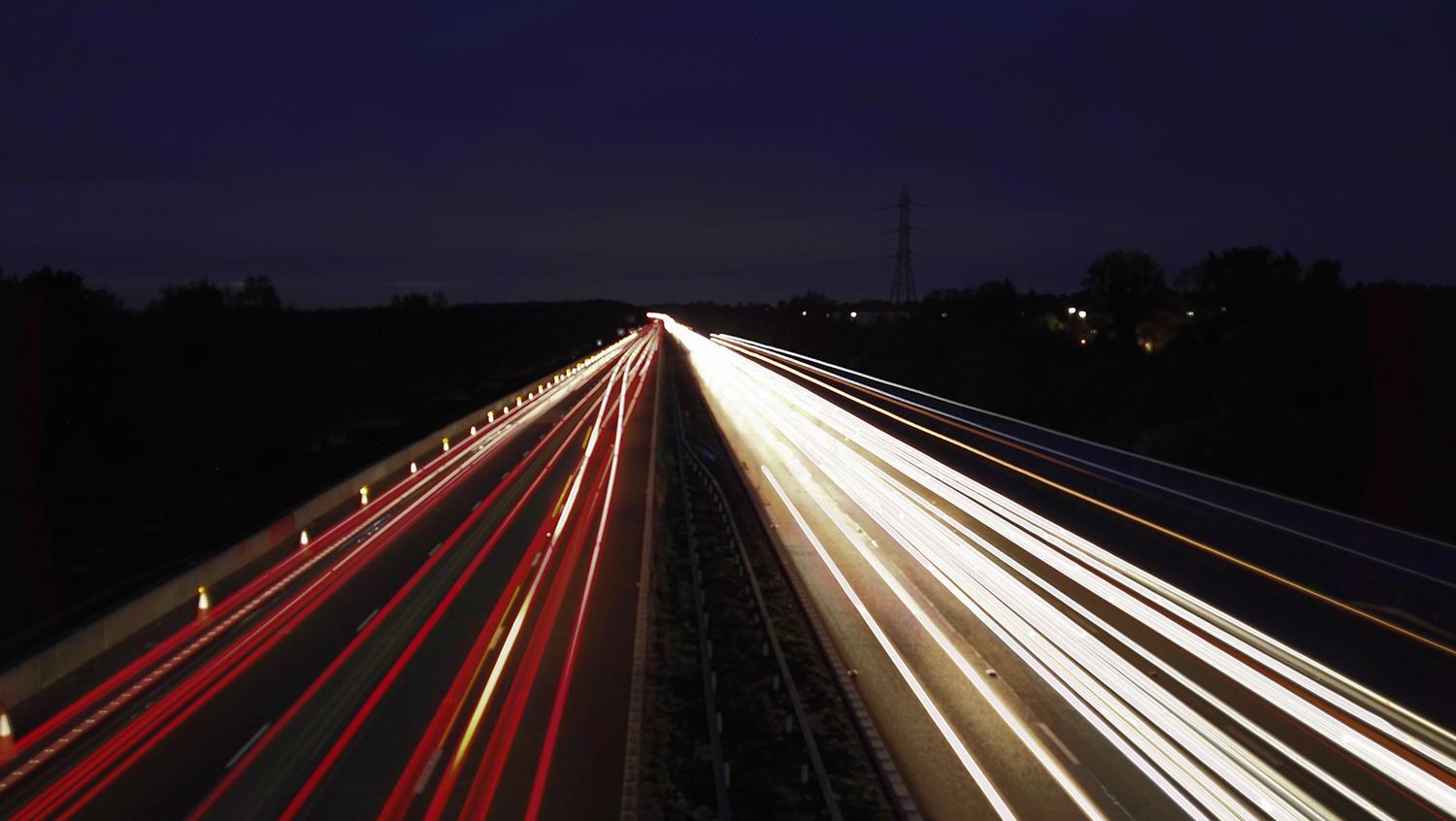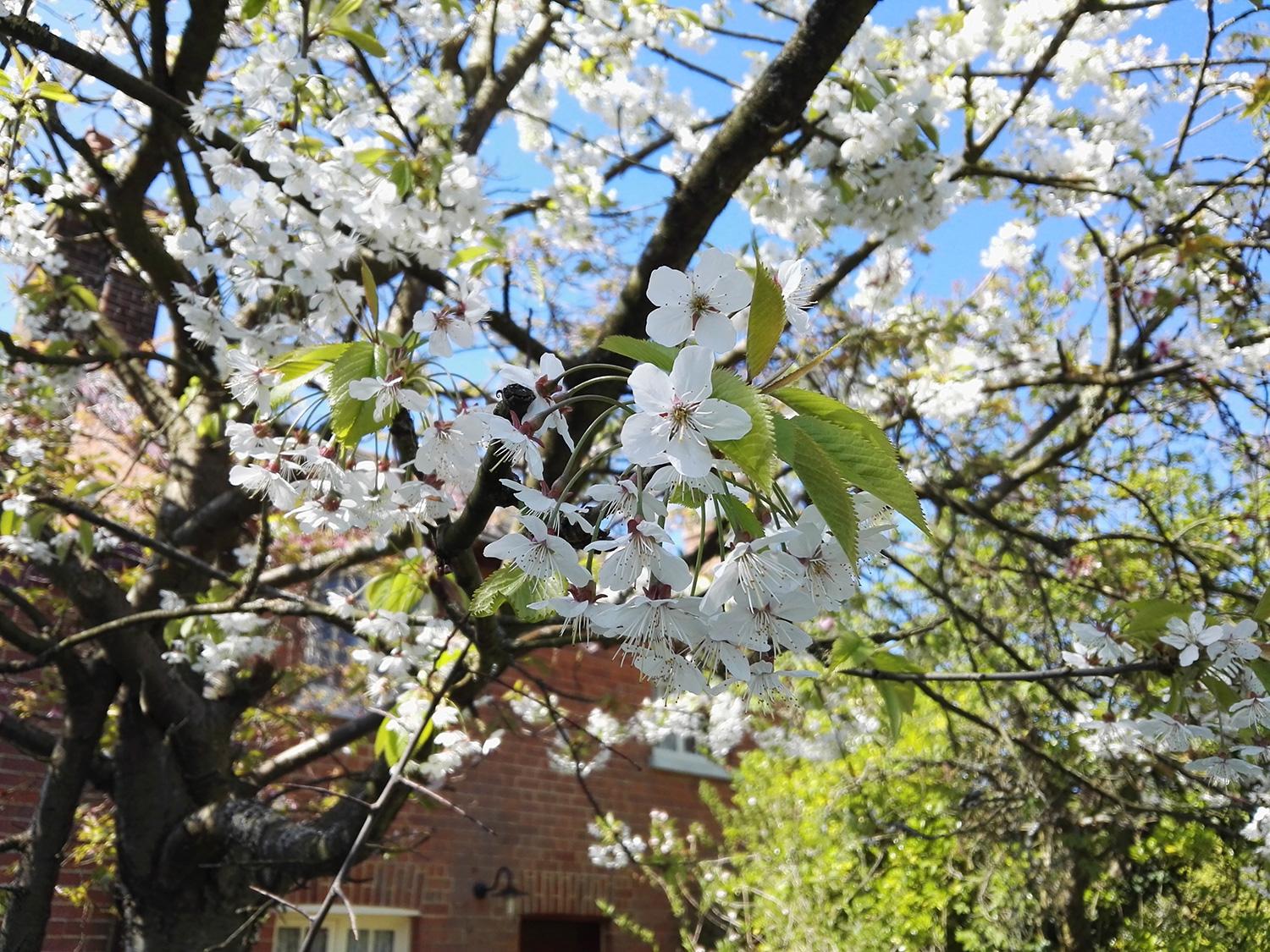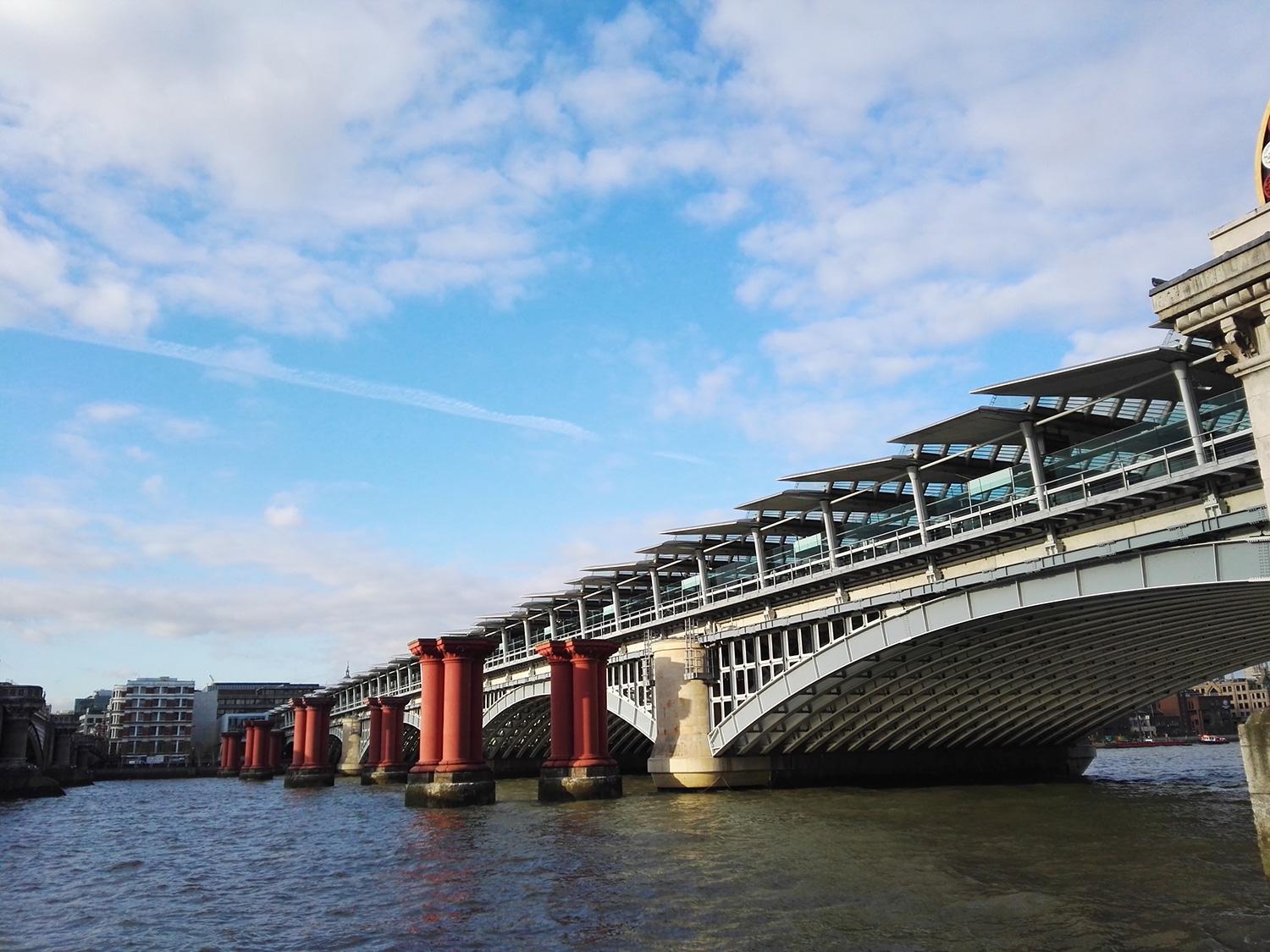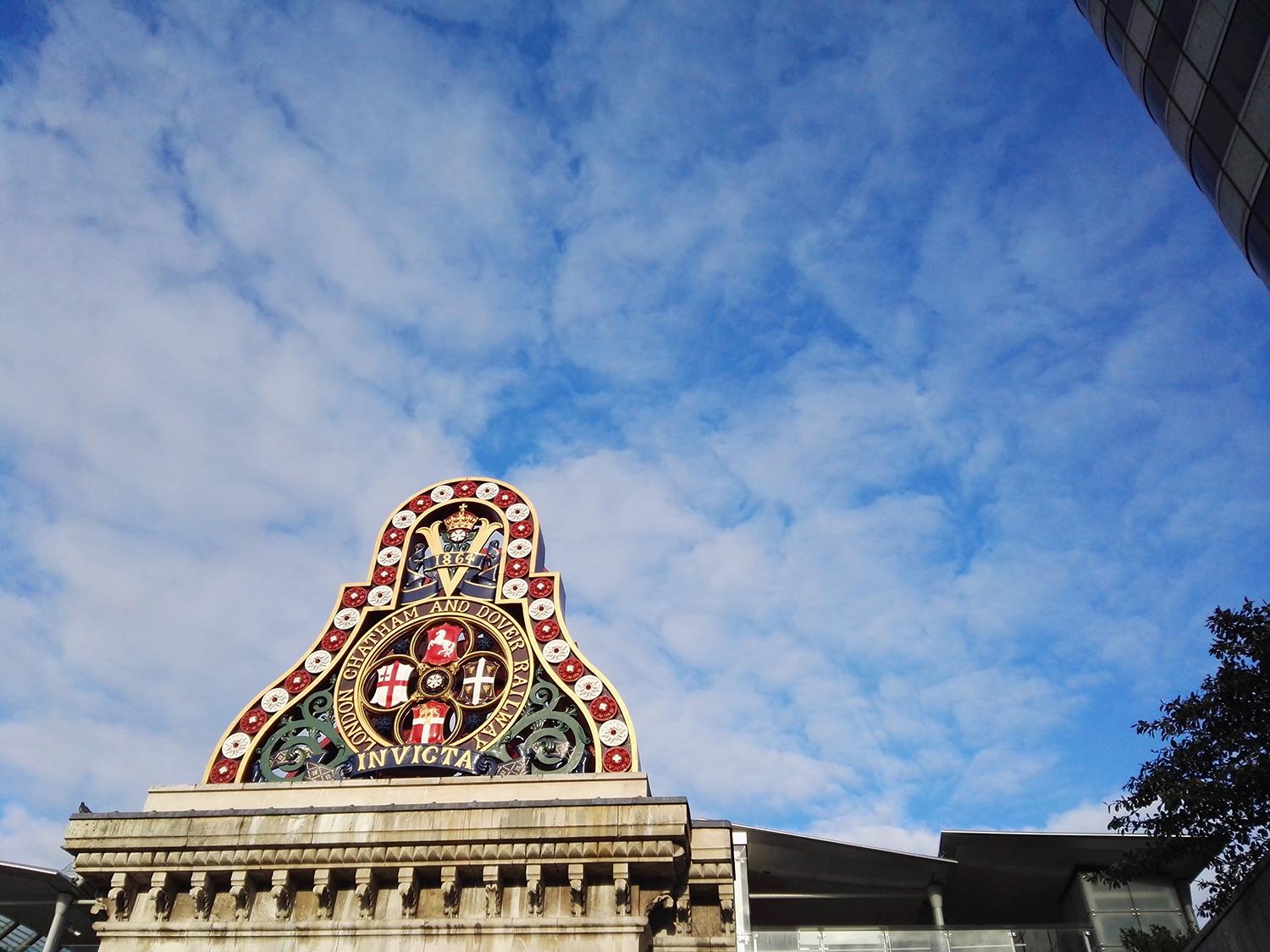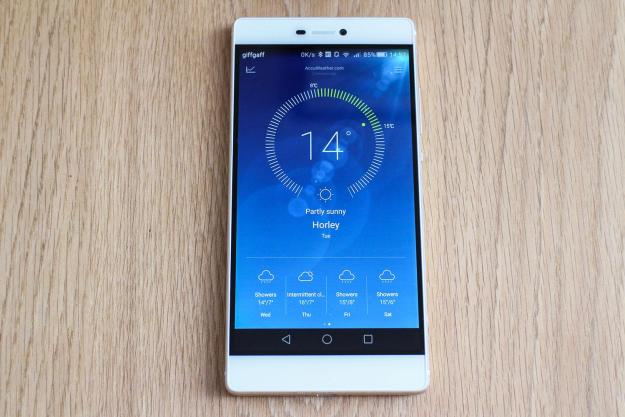
“Huawei’s gorgeous P8 has a stunning screen, a strong camera, and a much-improved user experience. It suffers with battery performance, but what slim flagship smartphone doesn’t? Huawei’s right to be proud of this one.”
- Vibrant, colorful screen
- Strong camera with fun features
- Improved EMUI user interface
- Beautiful aluminum unibody
- One-day battery life unless you’re very careful
- Bluetooth connection bug
- Custom Android experience may upset some users
Huawei wants the world to take notice. Its hardware has been steadily improving over the past year, from the Ascend Mate 2 to the attractive Huawei Watch, over which we fawned at the beginning of 2015. The P8 — the Ascend brand name has been retired here — is the company’s fashionable flagship smartphone.
Huawei is obviously confident that this phone is something special. However, hardware has never been Huawei’s downfall. It’s software. For the P8 to take on the latest phones from Samsung and LG, both of which have learned restraint when it comes to modifying Android, Huawei needs to improve the user experience. Additionally, the phone’s performance should be, at the very least, equal to the best out there; but the unfamiliar Kirin chip of Huawei’s own design is inside.
We’ve been living with the P8 since its announcement, keen to see if it represents the very best Huawei can offer, or if the old niggling problems remain, hidden behind a swish body.
The P8 is a real beauty
The body is, indeed, very attractive. Huawei cleverly disguised the already thin screen bezels with black edging, giving the P8 an ultra-modern and super clean look from the front. The screen appears to sit between two white sections at the top and bottom. At the top, there’s the speaker, ambient light sensor, and the front camera, while at the bottom there’s, um, nothing at all. Just glancing at the phone makes you imagine that’s where the Android keys are hidden, but they are on the screen itself. It’s effectively dead space, serving only as a place to grip the device.
The phone is made from cool aluminum, and it’s impossible to tell where the intricately chamfered side panels end, and the rear panel begins. The back is completely flat, and the champagne aluminum on our review model has a gorgeous, subtle finish, that catches the light beautifully. Examine it closely, and more details emerge, such as a tiny chrome ring around the flash unit. The P8 is a beauty. It’s 6.4mm thin, only 144 grams, and is a joy to hold. Previous P-series phones have been good-looking, but the P8 takes Huawei’s definition of premium to the next level.
There is one thing that detracts from the overall look, and that’s the plastic panel that contains the camera lens and flash unit on the back. It runs from one side to the other along the top of the phone, and it’s not pretty, rather spoils the look, and doesn’t feel very premium at all. Yes, it’s there for a reason (to make sure reception is good), and no, it’s not quite as bad as the one on the P8 Max or the corresponding black strip on the silver model, but one can’t help thinking that if this was an Apple phone, it wouldn’t be there at all.
That aside, it’s hard not to look at the P8 longingly.
A stunning display to match the sleek body
Fire up the P8 and Android 5.0 is displayed on a 5.2-inch 1080p screen. Huawei’s choice of panel, a Japan Display IPS-Neo, is excellent, because it looks absolutely stunning. It’s bright, with bold colors, and it sits right on the “top” of the glass. The effect suits the phone’s modern style, and makes it a pleasure to look at. This continues when you watch video, which benefits from the rich colors and high contrast of the screen.
Now we come to one of Huawei’s problem areas: the software. Android 5.0 is covered by Huawei’s EMUI 3.1 interface, which is closer to how iOS looks and operates than
There are various themes to apply, so you can give the phone a whole new look every time you swap themes. Each one includes different icons, wallpaper, and accent colors. Spark is a particular favorite, with its cog wallpaper and deep black and gold icons. More importantly, EMUI is smooth — really smooth. There’s no slowdown while navigating through menus either, and by putting all the apps on home screens, Huawei has removed a step in the process of accessing them. It’ll probably only bother hardcore Android users.
EMUI has a consistent look throughout, so apps and screens match each other, rather than becoming a patchwork quilt where some sections are updated and others are left alone. There are several little features that add to the experience. Slide a finger across the Android soft keys for a handy one-handed mode, plus a downward swipe on the gallery splash page opens the camera app.
The P8 takes Huawei’s definition of premium to the next level
Best of all, EMUI doesn’t make the P8 frustrating to use. Yes there are plenty of unnecessary graphical niceties, and no, it’s not clean in the same way as standard Android 5.0 — but it’s still fast, and that’s hugely important. Unlike older Huawei phones, there was never a time when the launcher and skin became awkward, slow, or hampered the phone’s functionality. It may sound basic, but it’s considerable praise for a Huawei phone.
There are a few negatives. The power consumption app is forever telling you something is eating up the battery, and the pull down notification draw — although clever with its collapsing message alerts — is too busy. Swiping through all the options just ends up expanding everything, rather than offering a quick glance at what’s new.Unusually, Huawei has added a secondary touch control system to the P8, called Knuckle Sense. Yes, really. It’s a glorified way to capture a screenshot, where you circle Web content using a knuckle, and it’s then ready to copy and paste an image or some text, then save or share it. It’s a feature we’re unlikely to use, and it’s not always very good at telling the difference between a finger and a knuckle, so it unexpectedly activates. Plus there’s no obvious way to turn it off.
Huawei has kept the pre-installed apps to a minimum. There’s a stock browser, music, video, and messaging apps, plus a file manager, clock, and weather management apps. Themes can be changed in a dedicated app, and EMUI gets its own updater app too. A magnifying glass app, a mirror app, and a voice recorder are all hidden inside a Tools folder, but can be uninstalled.
Strong camera gets some fun additional features
The P8 has a 13-megapixel rear camera, with optical image stabilization, a special image signal processor, a flashy RBGW sensor, and a dual-color flash unit. It has an f/2.0 aperture. On the front is an 8-megapixel selfie camera. There are three key features that set the P8 apart from many rivals: Director Mode, Light Painting, and Perfect Selfie.
Director Mode gets its own app. Up to three additional phones can be connected to the P8, and video footage taken with them can then be combined and edited into a single movie. It’s easy to set up using other Android phones — although patience will be needed to get the connections just right — but it wasn’t very happy playing with iOS. Director Mode is one of those features that’s technically impressive, and an amazing addition on a smartphone — but we’re not sure it’d ever get used.
The new features made me want to get out and take pictures using the P8.
Light Painting is for taking photos with effects usually associated with manual DSLR cameras, without the pain of understanding f/stop numbers, ISO levels, and so on. There are four settings — car light trails, silky water, Star Track, and Light Graffiti. “Keep your device steady or use a tripod,” the phone suggests when one of these modes is activated. The latter is essential, unless you like blurry pictures.
They all work in the same way. Press the shutter release to start, and again to stop. The camera works out the necessary settings, and it’s down to you how long to leave the lens open. It’s more user friendly than a full manual mode, but it takes practice, particularly in knowing how long to leave it running. One second? Ten? It’s down to you, and if you’re a novice, the answer comes only through trial and error.
Therefore the results vary. However, with patience, great photos can be captured, and the feature adds an extra dimension to the P8’s camera not seen in many other devices. Perfect Selfie takes the narcissism of the selfie to a new level, and emphasizes your own face on group shots. Other features include a variable depth-of-field mode, an enhanced low-light setting, a panorama mode, HDR, and a watermark to add location and weather data to snaps.
The P8 took beautiful pictures on a sunny day out in London, and some impressive, colorful interior shots whilst at the Red Bull Racing factory. What’s more, the new features made me want to get out and take pictures using the P8, and it was fun to do. That’s got to be a good thing. Selfies, if that’s your thing, are also high quality, and the Beauty mode does its job at smoothing out skin imperfections and minimizing shadows. You can edit images using vertical slider bars, and aside from being a pain to individually reset to zero, rework images effectively.
Overall, you’ll not be disappointed using either P8 camera, and the Light Painting mode adds a much-needed extra dimension to using it.
Processor makes up for passable battery performance
Huawei’s own Hisilicon Kirin 930 octa-core processor running at 2GHz, with 3GB of RAM alongside it, provides the P8 with all the power it needs. We already mentioned the UI and Android run superbly, and game performance is equally good. Playing through Love Love! School Idol Festival, R-Type, and Line Pop didn’t reveal any hidden slowdown issues, or noticeable drops in frame rate. Each played as you’d expect.
Huawei’s EMUI Android skin doesn’t make the P8 frustrating to use
It’s important to point out that the phone performs very well, because the benchmark test results don’t do it much justice. Geekbench 3 gave a 3,202 multi-core score, 14,447 on Quadrant, and 11,857 using Ice Storm Unlimited on 3D Mark. None are outstanding, yet the phone shows no sign of suffering. It goes to show that benchmarks don’t even begin to tell the whole story.
The news is less positive when we come to the battery. It’s a non-removable 2,680mAh cell, and although Huawei talked up its abilities at the launch event, it struggles to make it past a day. In particular, some apps and processes really work the phone hard, and a chunk of standby time can disappear surprisingly quickly.
Streaming some video, playing a quick game of something like Double Dragon can grab 30 percent in about half an hour. An hour’s worth of GPS usage in a car took over 50 percent. This is the reason EMUI is constantly bugging you about closing down apps. If you’re dedicated, it’s possible to micro-manage app power consumption, and stretch out the battery for longer than usual, but you’ll have to switch modes and customize other aspects of the OS. Using the special app, it’s commonly possible to add two hours or more to the standby time.
Testing the P8’s battery while connected to an Android Wear smartwatch revealed another problem. Weirdly, it refused to maintain notification support. Turning it on worked until the phone’s screen went dark, and then it would turn off. Returning to the
Huawei’s improving in all areas
The Bluetooth bug and less than stellar battery performance are unfortunate black marks against the P8, but these problems are hardly unique to this phone. Provided your expectations for the battery are realistic, a working day of use is achievable, which is similar to many other flagship phones. The P8’s beautiful construction and design make it a great alternative, if you don’t want to follow the crowd with a Samsung or LG phone.
Now the software has been improved, it’s no longer irritating to live with either. Huawei’s right to be proud of the P8. The pointless Knuckle Sense feature is almost the only evidence of old Huawei in the phone, and that’s a welcome relief. It’s an accomplished, confident release that addresses complaints we’ve had with its phones in the past. The P8 is also accompanied by a strong camera, fun features, and a colorful, vibrant screen. The P8 is worthy of your attention.
Highs
- Vibrant, colorful screen
- Strong camera with fun features
- Improved EMUI user interface
- Beautiful aluminum unibody
Lows
- One-day battery life unless you’re very careful
- Bluetooth connection bug
- Custom Android experience may upset some users
















